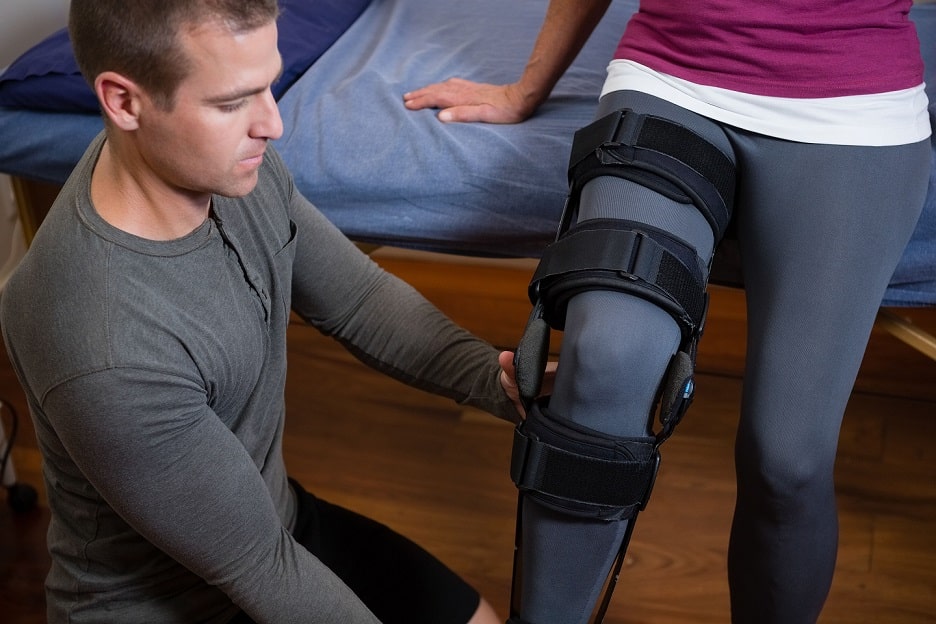Now before you wonder how someone can sue for a trip on their own property, I need to let you know a little more about the background of this one.
Mrs S was the victim of a defective pathway trip in her back garden as the pathway was in considerable disrepair. The property was a rented property and as such there is a duty on the landlord to ensure their tenants are reasonably safe.
There was knowledge of an issue and it was not acted upon – unfortunately Mrs S fell victim to a large defect on the pathway which resulted in considerable damage to her teeth.
The damage was extensive. Her dentist had tried several times to fix the issue but in the end she had several tooth roots removed and plates fitted. Any injury to the teeth can be severe and very expensive indeed. Many will have lasting effects, and these are all factors we need to consider when valuing a claim.
Now, claims against a landlord are inherently difficult to win. There has to be a reasonable belief that a landlord (or agent) had reasonable belief of a problem or ought to have known, or been in the position to know, of a problem.
This will often come down to either (or sometimes both):
- Whether a problem has been reported and nothing has been done to rectify the problem or make safe the issue
- Whether any system of inspection and maintenance should have been employed and whether this would have picked up a problem
If a problem has been reported and nothing has been done about it then you may have a strong case. If a danger has arisen due to disrepair and this should and could have been identified using a system of inspection then you may also be in the position to win a claim.
In the case of Mrs S we were able to quickly ascertain an admission of liability although the other side reserved their position on contributory negligence. What this means is that, whilst they accept the blame, they believe our client may have been partially responsible as well.
Having obtained all the necessary medical evidence and information to prove losses and expenses we issued court proceedings because the three year time limit for the claim to be settled was approaching. The claim wasn’t initiated by Mrs S immediately but it wasn’t a problem for us to issue the claim with the court to protect her case from being barred.
Fighting for an increased offer!
We received an offer for a lower sum than what we agreed and the other side set their contributory negligence argument at 20%. This meant that they believed she was 20% responsible for the accident. This offer was made by way of ‘Part 36’ which means that there could be risks of costs if we couldn’t beat it at court. We can make these offers just like the other side can as well, as it is designed to put the opponent at risk.
Whilst the offer was actually acceptable, we made a swift counter off with a one day time limit to put some pressure on the opponent and go for an increased amount. The other side came back with an increased offer which our client was happy to accept.
This kind of case goes to show that, where a landlord fails in their duties to act on information about hazards, they can be liable. Whilst you can argue that a resident, just like in this case, may be partially at fault as well, we can still obtain a settlement.
As a firm of specialist injury lawyers we know how to apply the pressure to get increased offers – whilst their first offer was acceptable, we managed to get a considerable increase anyway.
Remember – landlord claims can be hard to win and some solicitors shy away from taking them on. You should always seek advice and representation from an expert injury lawyer as well because we can often get you more compensation!











